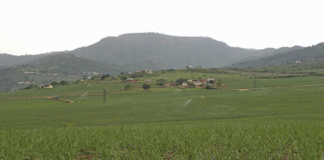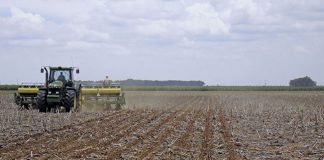In addition, there is a high incidence of poor dietary consumption patterns. These facts were contained in a report on the progress that Africa is making towards the 2015 Millennium Development Goals (MDG). Released on the final day of the recent African Union Summit in Ethiopia, the MDG Report 2013 revealed that the continent’s population was increasing so rapidly that countries might not be able to produce all the food populations needed. Concerted efforts were necessary to improve agriculture, food distribution and nutrition.
The livelihoods of a considerable number of households on the continent would be at risk unless efforts were made to improve resilience to environmental hazards – including those due to climate change. Africa’s governments “need to keep expanding agricultural productivity through better policies and heavy investment in improved seedlings, irrigated farming, use of fertilisers and increased access to finance,” the report stated.
In Burkina Faso, livestock farming helped cut rural poverty by 37,3% between 1994 and 2009. However, the sector’s performance was impeded by difficulties in accessing finance, grazing and inputs, including feed and veterinary services.
In Ethiopia, agriculture contributed to bringing down poverty in rural areas by 36% between 1995 and 2011. This was due to
“a wide range of pro-poor programmes in rural areas”, such as commercialisation of smallholder farming and the expansion of extension services, the report stated.












